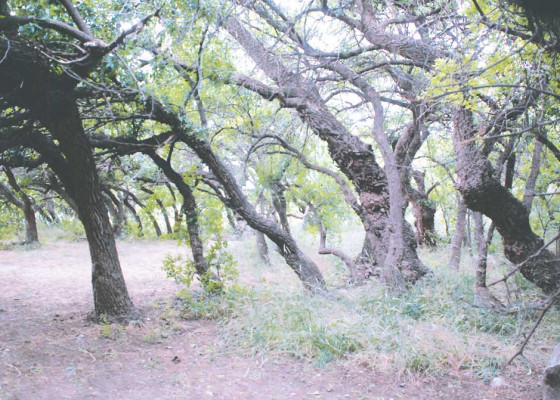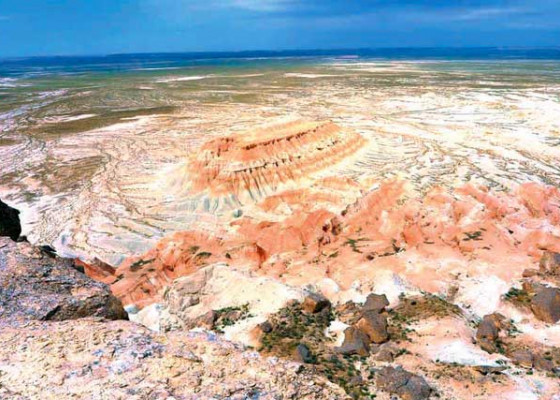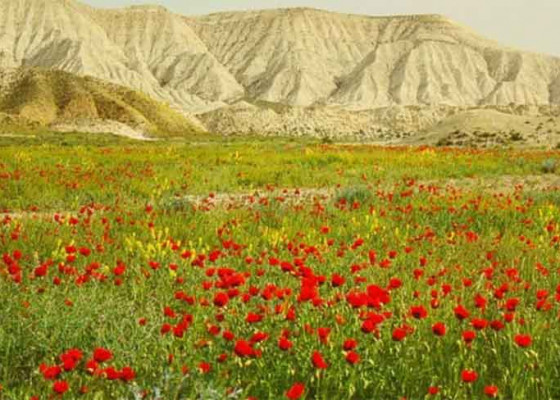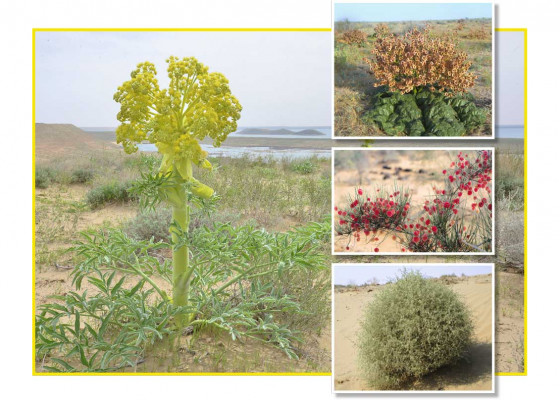Golden Flower
Chrysanthemum is considered the queen of the garden. Its bright colours and exquisitely graceful shapes create a special atmosphere in the garden. The homeland of chrysanthemums is Japan and China. Archaeologists found the first depiction of a chrysanthemum on Chinese porcelain made more than 2,000 years ago. The beauty of chrysanthemums is so captivating that in some countries these flowers are national emblems. For example, the chrysanthemum is depicted on the coat of arms of the imperial family of Japan, printed on the cover of a Japanese foreign passport and recognised as a symbol of the country. The chrysanthemum is depicted on fabrics, vases and dishes. Translated from Japanese, the name of the flower – “kiku” means “the sun that gives life to everything on earth”.









